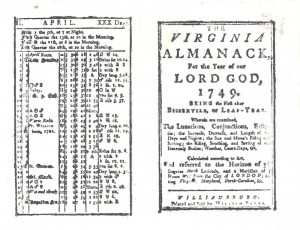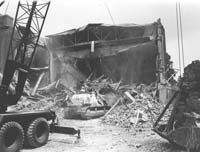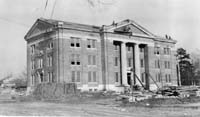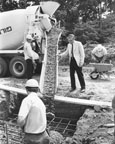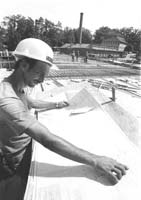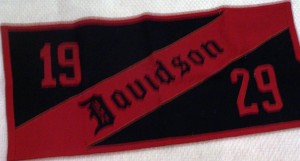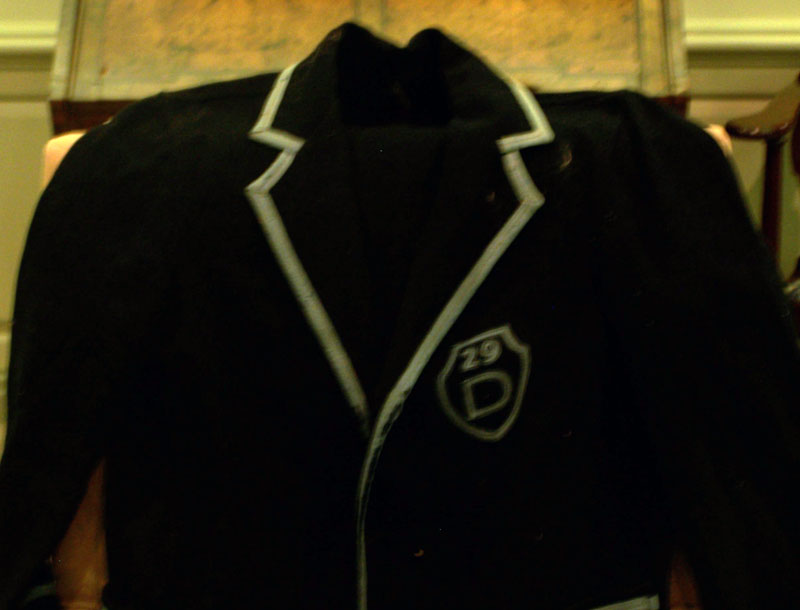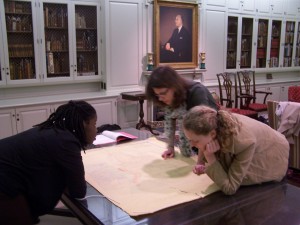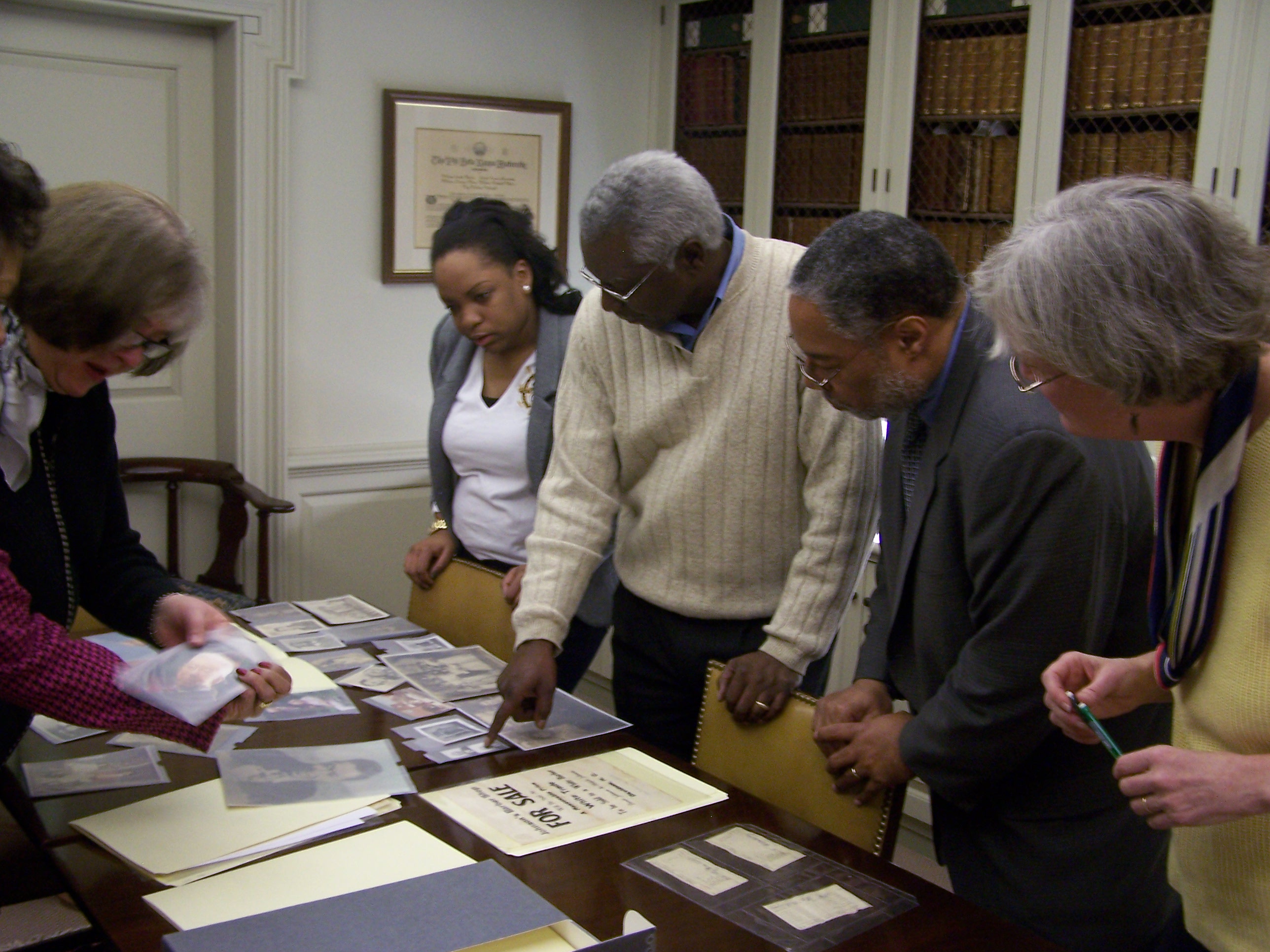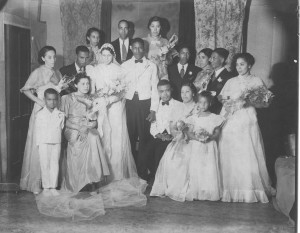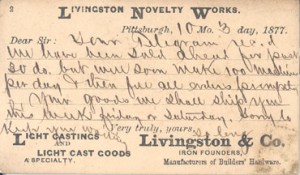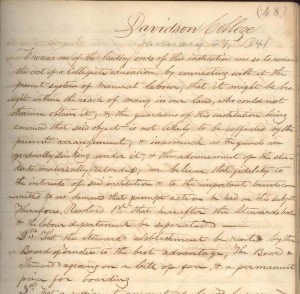I’m just back from a great week in Charlottesville, VA at Rare Book School. Founded in 1983 at Columbia University, it has been at UVA since 1992. Not just for librarians, Rare Book School offers week-long classes, primarily in the summer, to those interested in all aspects of Rare Books…classes which are taught by experts in their fields. Students include librarians, dealers in antiquarian books, book collectors, conservators, teachers, and students (professional or avocational) of the history of books and printing. Classes are small (usually about 12 students) and entry is competitive, so I was excited to get my acceptance letter for Printed Books to 1800.
The course was taught by David Whitesell, currently the Curator of Books at the American Antiquarian Society, and who was previously the rare book cataloguer at Harvard’s Houghton Library. I was in class with students from California, Minnesota, Texas, New York, Maryland, Florida, and Quebec including graduate students, rare book curators, rare book dealers, and directors of special libraries and private collections. We examined books printed during the handpress period (from about 1450 to 1800), learned about hand made paper, book formats, collation, printers and publishers, and even set some type and printed some leaves on a reproduction of an 18th century common press.
Evening lectures are also a part of the Rare Book School experience and on Monday July 4, we were lucky to have a guest lecturer, Selby Kiffer, who is the Vice President, Books and Manuscripts Dept. at Sotheby’s. His talk Printing the Declaration of Independence-and Selling It was both interesting and timely. “Field trips” are also part of the experience, and we had a visit to the Small Special Collections Library at UVA to see some of their treasures.
A great week. Now to look more closely at Davidson’s rare book collection!
